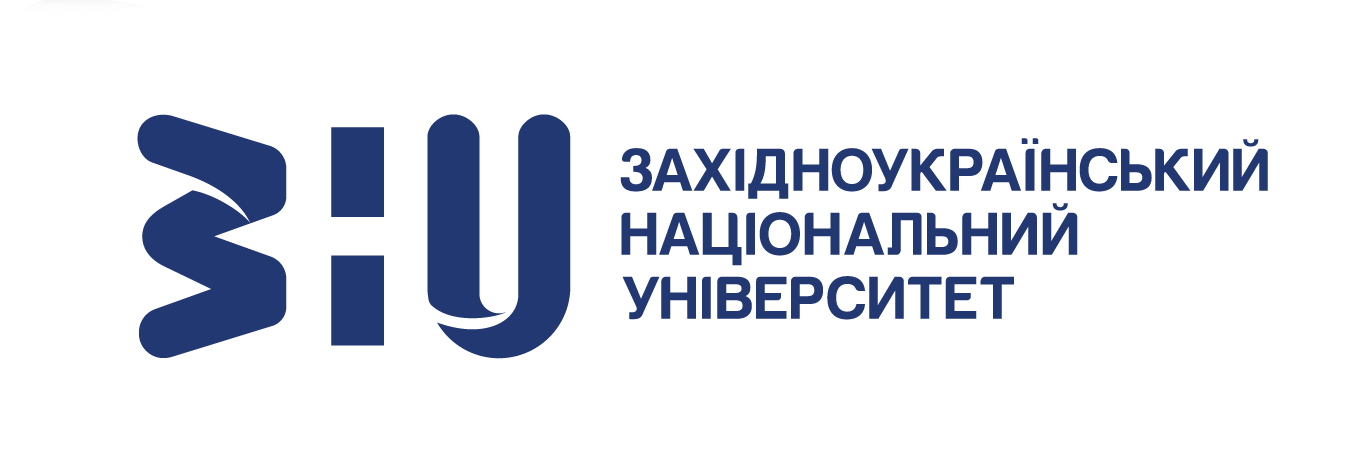Regulation of the dairy processing industry by leading global exporters
DOI:
https://doi.org/10.35774/visnyk2024.03.116Keywords:
dairy industry, milk sector, economic regulation, neo-institutionalism, neoliberalismAbstract
Introduction. In today’s globalised world, the dairy processing industry is crucial in ensuring food security and economic growth for many countries. Leading global exporters of dairy products face numerous challenges related to the regulation of this industry, including control over production values and prices, quality standards, product safety, etc. Studying the regulatory practices of the dairy processing industry in these countries provides valuable insights into which approaches contribute to the development of the sector and enhance its competitiveness in the global market.
Purpose. The purpose of the paper is to conduct the analysis and comparison of dairy industry regulation strategies in leading exporting countries, to identify the threats and sustainability of their approaches.
Methods. The research was carried out using the following methods: analysis and synthesis – to characterize the modern mainstream of theoretical intelligence in the field of regional security; comparative analysis – to compare the structures of regional security management in different parts of the world; deductions and inductions – to form a conceptual model of global governance; tabular and visual methods – for visual presentation of the material.
Results. The article provides a retrospective review and comparison of dairy industry development programs in the European Union, the United States, Canada, and New Zealand over the past 50 years. New Zealand’s model is based on a market-oriented approach that integrates the dairy sector into the global economy, granting significant autonomy to market participants. However, despite its clearly neoliberal character, the state has played a crucial role in shaping the sector, with the leading dairy cooperative holding a near-monopoly status, indicative of a “neo-corporatist” model. In contrast, Canada’s approach involves substantial government intervention in dairy market regulation, reflecting a “neo-statist” model. The European Union and the United States employ a mixed regulatory framework incorporating elements of neoliberalism, neo-statism, and neo-corporatism.
Discussion. The spread of neoliberal ideas and the implementation of its institutions have significantly impacted dairy industry regulation. Reforms have gradually dismantled the previous institutional hierarchy, compelling governments to adapt to global markets and competitive conditions. However, practice demonstrates that not all major dairy-producing countries have pursued deregulation. Instead, neoliberal principles have been adapted to national and regional contexts, allowing governments to maintain substantial interventions in the dairy sector of many leading nations. Additionally, following the COVID-19 pandemic and subsequent global geopolitical crises, there has been a resurgence of regulatory processes, accompanied by increasing regional tensions. These trends have been observed across various sectors, with the dairy industry also reflecting this historical shift.
Prospects. In future scientific studies, it is advisable to more clearly define the problems and directions for improving the deregulation of the milk processing industry by the world’s leading exporters.
References
Becker, J., & Jäger, J. (2012). Integration in crisis: A regulationist perspective on the interaction of European varieties of capitalism. Competition and Change, 16(3), 169-187. Retrieved from https://doi.org/10.1179/1024529412Z.00000000012
Touzard, J. M., & Labarthe, P. (2016). Regulation theory and transformation of agriculture: A literature review. Revue de la régulation [En ligne], 20. Retrieved from http://journals.openedition.org/regulation/12094
Gouin, D. M., & Trouvé, A. (2020). The variety and limits of dairy policies in a context of global market deregulation. Revue de la régulation. Capitalisme, institutions, pouvoirs, 28.
Lishchynskyy, I., Lyzun, M., Kuryliak, V., & Yevhen, S. (2019). The dynamics of European periphery. Management Theory and Studies for Rural Business and Infrastructure Development, 41(4), 527-536.
Royer, A. (2011). Transaction costs in milk marketing: A comparison between Canada and Great Britain. Agricultural Economics, 42(2), 171-182. Retrieved from https://doi.org/10.1111/j.1574-0862.2010.00506.x
Dervillé, M., & Allaire, G. (2014). Change of competition regime and regional innovative capacities: Evidence from dairy restructuring in France. Food Policy, 49(1), 347-360. Retrieved from https://doi.org/10.1016/j.foodpol.2014.09.002
Dervillé, M., & Fink-Kessler, A. (2019). Institutional insights into contract theories: A comparative approach to the French and German dairy industries under liberalization. The European Journal of Comparative Economics, 16(1), 81-104. Retrieved from http://ejce.liuc.it/Default.asp?tipo=articles&identifier=ejce:18242979/2019/01/04
Richard, M., Carlier, M., Chotteau, P., Foray, S., & You, G. (2017). La filière laitière en Nouvelle-Zélande rattrapée par les exigences de durabilité. Dossier Économie de l’élevage, (484), Paris, Institut de l’élevage. Retrieved from http://idele.fr/no_ cache/recherche/publication/idelesolr/recommends/nouvelle-zelande-la-filiere- laitiere-rattrapee-par-les-exigences-de-durabilite-n484-decembre-1.html
Sumner, D. A., & Balagtas, J. V. (2002). United States’ agricultural systems: An overview of U.S. dairy policy. In H. Roginski, J. Fuquay, & P. Fox (Eds.), Encyclopedia of Dairy Sciences. Elsevier/New York: Academic Press.
Manchester, A. C., & Blayney, D. P. (2001). Milk pricing in the United States. Market and Trade Economics Division, Economic Research Service, US Department of Agriculture, Agriculture Information Bulletin, (761). Retrieved from https://www.ers. usda.gov/webdocs/publications/42300/15268_aib761_1_.pdf?v=41055
Bolotova, Y. V. (2023). Market power in the US dairy industry. Applied Economics Teaching Resources (AETR), 5(2), 62-92.
Dana, L. P., & Schoeman, J. (2010). An entrepreneurial innovation: Mega cooperatives. Asia Pacific Journal of Innovation and Entrepreneurship, 4(1), 67-87. Retrieved from http://hdl.handle.net/10092/5059
Witt, M. A., Kabbach-Castro, L. R., Amaeshi, K., Mahroum, S., Bohle, D., & Saez, L. (2018). Mapping the business systems of 61 major economies: A taxonomy and implications for varieties of capitalism and business systems research. Socio- Economic Review, 16(1), 5-38. Retrieved from https://doi.org/10.1093/ser/mwx012
Skogstad, G. (2008). Canadian agricultural programs and paradigms: The influence of international trade agreements and domestic factors. Canadian Journal of Agricultural Economics, 56(4), 493-508. Retrieved from https://doi.org/10.1111/ j.1744-7976.2008.00143.x
Beaulieu, E., & Venkatachalam, V. B. (2018). NAFTA renegotiation: An opportunity for Canadian dairy? Research Papers, University of Calgary, The School of Public Policy Publications, 11 (10). Retrieved from https://journalhosting.ucalgary.ca/index. php/sppp/article/view/42679



